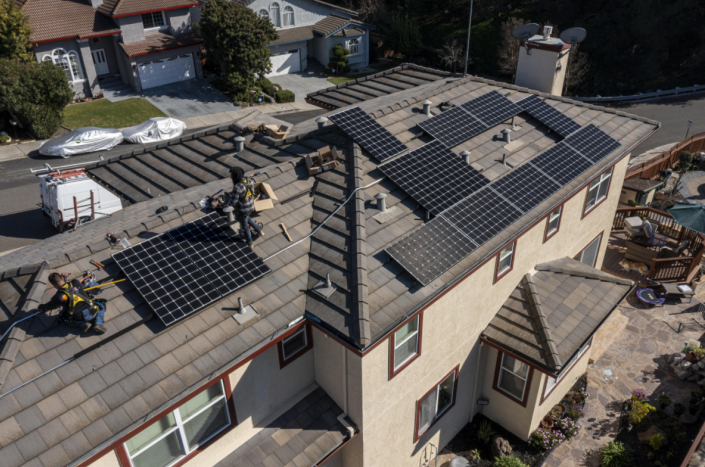In today’s news, we look at common dilemmas faced by faith-based organisations, charter schools, healthcare facilities, public schools, affordable housing and other not-for-profit organisations. These organisations all face high electricity costs, which severely impact their budgets and limit their ability to fulfil their missions.
For nonprofits, every dollar saved on electricity can be used to achieve their goals and serve the community. As traditional energy costs continue to rise, the need for sustainable and cost-effective solutions has never been more apparent. Fortunately, solar energy offers a viable solution to this dilemma.
Solar energy provides an attractive opportunity for not-for-profit organisations to generate electricity, offset their usage and reduce their dependence on the grid. By harnessing solar energy, these organisations can minimise their carbon footprint while reaping significant financial benefits.

One of the key benefits of using solar power is that it can eliminate or dramatically reduce your monthly electricity bill. Faith-based organisations, for example, can redirect funds previously spent on utility bills to support their congregations and expand their outreach programmes. Charter schools can invest the savings in educational resources and improved facilities for students. Public schools can strengthen their curriculum and provide a better learning environment for children. Healthcare organisations can use the funds to upgrade equipment, increase staff and improve patient care. Affordable housing organisations can use the savings to improve living conditions and better serve residents. Other nonprofits can use the funds to expand their initiatives and make a greater impact in the communities they serve.
In addition, solar power provides long-term financial stability and predictability for not-for-profit organisations. While utility rates may fluctuate or increase over time, organisations that use solar power benefit from a fixed energy cost structure, giving them greater budgetary control and allowing for better long-term planning.
In addition to the economic benefits, there are also environmental benefits to consider. Solar energy is clean, renewable and produces no greenhouse gas emissions. By embracing solar energy, these organisations are actively contributing to the fight against climate change and demonstrating their commitment to sustainable development.
However, the upfront costs of installing solar panels can be prohibitive for many not-for-profit organisations. Recognising this, various government programmes, grants and financial incentives have been developed to help nonprofits adopt solar energy. With these resources, nonprofits can reap the benefits of solar energy without breaking the bank.
To maximise the impact of solar energy in the nonprofit sector, government agencies, utilities, and philanthropic organisations must work together to ensure widespread adoption. By facilitating access to resources, streamlining the application process, and providing financial support, these entities can help nonprofits embrace solar energy and drive positive social change.
In summary, nonprofits face the common challenge of high electricity costs that impact their ability to fulfil their mission. Solar power offers a viable solution for significant cost savings, budget control and sustainability. By going solar, faith-based organisations, charter schools, healthcare facilities, public schools, affordable housing and other nonprofits can redirect funds to their core goals, provide better services and contribute to a cleaner, more sustainable future.
Post time: Aug-06-2023